24 Mar What is STEM?

STEM is a bit of a buzzword in our world today, floating around the education models for our children, the tenets of which are being incorporated daily into current teaching practice. If you haven’t yet come across it, STEM stands for Science Technology Engineering and Mathematics. Essentially it is the practical methodology of teaching children and adolescents about the world and how it works.
It is a departure from the largely academic based learning model upon which education has been based for the past 100 or so years. As the world around us is being increasingly enhanced by technology, using STEM in mainstream education seems the logical step for the future generation. It is now recognised that from an early age we need to engage our children in technology-based learning, to tap into their natural curiosity and teach them how the world works.
Using the four pillars of STEM, the aim is to enable our children to navigate a world where technology seems to be integrating into every sector or working part. From architecture to medicine and construction to entertainment, technological advances are now enhancing virtually every sector. Our workforce is changing and it is important that we embrace this change. The Government announced that 2018 is the Year of Engineering, recognising this change in the profession and its applications, which are reaching further and further.
It is widely reported that women are under-represented in the workforce in the disciplines of technology, engineering and sciences. Is the choice of subjects at GCSE level the determining factor for these career paths? According to Forbes Magazine “fewer than 1 in 5 computer science graduates are women”. So how can we encourage more girls into these fields, as well as boys? STEM recognises the importance of introducing all young children to the world of technology, to whet their appetites and develop their creativity and analytical skills. In turn, the hope is that this will even out the gender imbalance while instilling broad spectrum essential building blocks for education.
Whatever job sector our children find themselves working in, analytical and problem-solving skills will be, without a doubt, vital to their future. Learning programming skills using programmes such as Raspberry Pi and Scratch is invaluable as is gaining an understanding of electronics and robotics by experimenting with a variety of fun new toys. These hands-on learning tools are opening fantastic opportunities for children to learn in a way that resonates with them. Scratch is now taught from an early age, enabling children create their own computer games, tackling everything from design to functionality. The child learns how to create, manage, change, problem-solve and apply control methodology in an environment that is fun and meaningful.
Using STEM, the belief is that we can boost creativity and continue to create technological advancements that will grow our economy, as well as making use of the new technologies that we now have access to.

